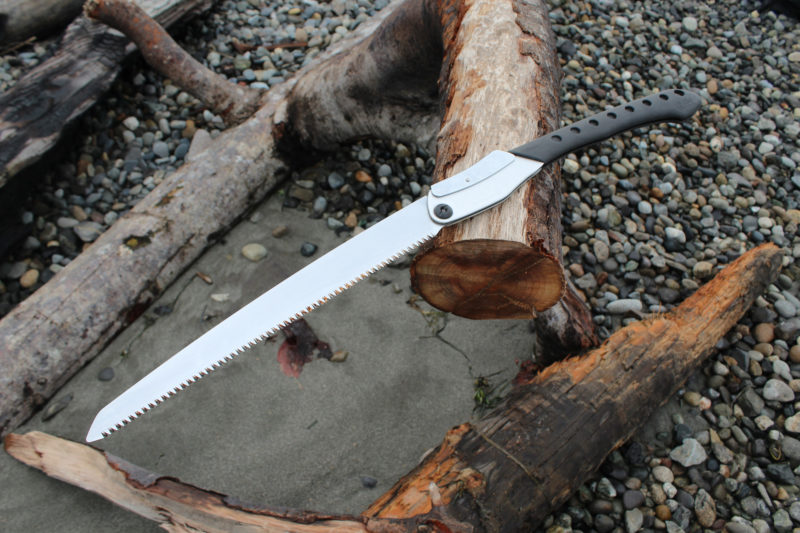 photographs and video by the author
photographs and video by the authorOpen, the Bigboy is 30″ long. It cut through this 6″ alder limb in just 24 seconds.
When I was living in a cabin I’d built in Washington State’s Cascade mountains, I was way off the grid and miles from the roadhead. I relied on my chainsaw to cut firewood for heat and to harvest vine maple as well as downed red and yellow cedar for some of my woodworking projects. On my coastal cruises I also gathered windfalls and driftwood and I carried a small folding Japanese pruning saw and a pocket chainsaw—both a far cry from my gas-powered chainsaw, but better than nothing. I’ve recently added a Silky Bigboy to my boating toolkit. It too is a Japanese pruning saw, but it is no more like the one I’ve been using than a piranha is to a guppy. Like all Japanese saws, it is designed to cut on the pull stroke while the blade is in tension, so the blade doesn’t need to be as thick as that cuts on the push stroke. The Bigboy’s kerf is much narrower and consequently consumes less energy. The saw is available with medium or large teeth. The large teeth are suited for cutting green wood and are a good choice for arborists working with live trees. I got medium teeth, since wood I collect for firewood and woodworking is usually dry.
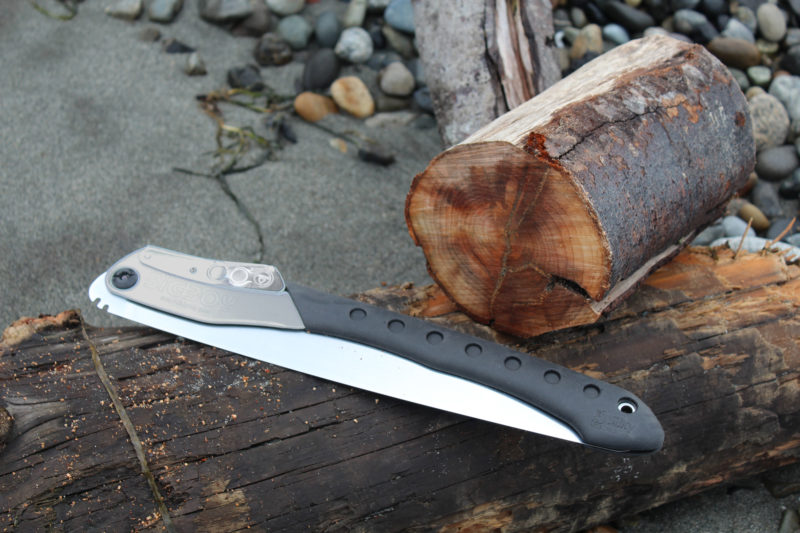
Folded, the saw is 16″ long. A rubber grip covers a portion of the aluminum handle, with the rubber wrapping into the slot for the blade, protecting the teeth from wear.
The aluminum handle is 15″ long, 11″ of which is covered with rubber that provides grip and good purchase for two hands; it feels like wielding a samurai sword. I can use the saw with one hand, of course, and use the other hand to steady the wood, but that cuts my power in half. If I brace the wood so I can use both arms to power the saw I spend less time sawing, and the chances of the saw binding and bending are significantly diminished. Being able to cut larger logs makes fuel for a campfire that will last longer without having to stoke it with smaller, more quickly consumed sticks.
The blade is tapered along its entire length, and the tooling marks indicate the taper was cut by a circular tool, slightly canted, so the blade is also tapered from teeth to back and slightly hollow. That eliminates binding in the kerf without having any set bent into the teeth. The milling stops where the blade is joined to the handle, so the steel in the pivot is at its full thickness and has flat parallel faces. The blade locks in two positions, parallel with the handle and at an angle to it, creating clearance for the hands when sawing through something resting on the ground. The teeth are truncated at their tips with a third facet, making the points less fragile than they would be if shaped with just two facets meeting at a more acute angle. A slight darkening of the tips shows that the teeth have been tempered where the cutting takes place. The rest of the steel isn’t brought to the same hard temper, which prevents a brittle blade. The teeth are too hard to sharpen with a file; replacement blades are available.
I took the saw to the beach and put it to work on the 6″-thick branch of a rather soggy alder driftwood log. I worked quickly, but I didn’t have to work hard. The Bigboy got through the branch in 30 seconds; a second cut took 24 seconds. To put that speed in context, my hand-powered pocket chainsaw with power-chainsaw teeth every third link, took 2 minutes and 40 seconds to get through the same log, jamming a half dozen times and leaving me quite winded. My other pocket chainsaw, with two triangular teeth on each link, cut through in 90 seconds and while it didn’t jam, it was hard work and I was panting with the effort. With both pocket chainsaws I’d have to rest before making another cut. Back in the shop, my 14″, 1/2-hp bandsaw with a blade past its prime got through the log in 23 seconds; my 10″ 1/3-hp bandsaw with a brand-new blade took 17 seconds.
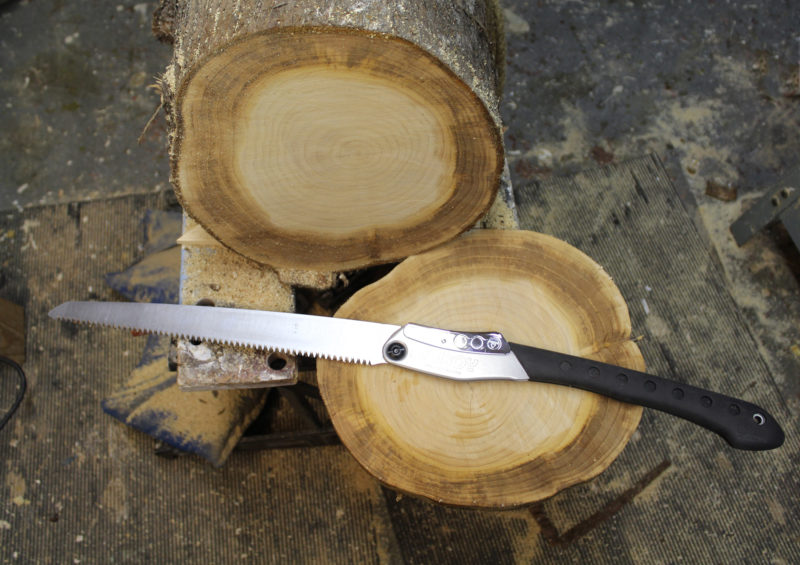
This 12″ Alaskan yellow cedar log wasn’t too big a job for the Bigboy. It cut through in five minutes.
To put the Bigboy to a challenge I wouldn’t even attempt with the pocket chainsaws, I attacked a section of a yellow cedar log with a diameter of 12″ (not counting the bark). I got through it in 5 minutes and 2 seconds. The wood was wet and I could feel a bit of binding, but the blade never got hung up or bent on the push stroke. That job tired me a bit, but I never felt the need to stop and rest. The cut surface was quite flat and exceptionally smooth.
The saw weighs 14.7 oz and is 30″ long when open and 16″ folded. The 14″ blade has 8-1/2 teeth per inch (tpi). Blades with 6 tpi for green wood and 11 tpi for hardwoods and bamboo are available. The Bigboy isn’t cheap, but it’s a well-designed, sturdily built tool that is very effective and a pleasure to use.![]()
Christopher Cunningham is the editor of Small Boats Monthly.
The Bigboy is listed at $84.95 and a replacement blade at $46.95 on the Silky website. Amazon and Woodcraft both offer the Bigboy for under $62.
Is there a product that might be useful for boatbuilding, cruising or shore-side camping that you’d like us to review? Please email your suggestions.
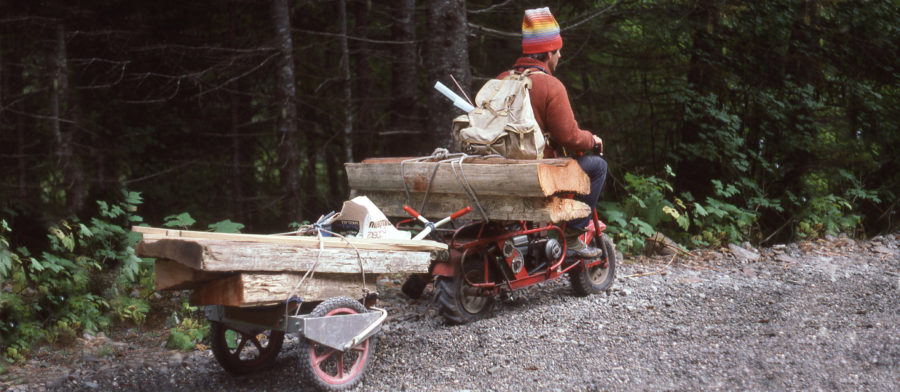




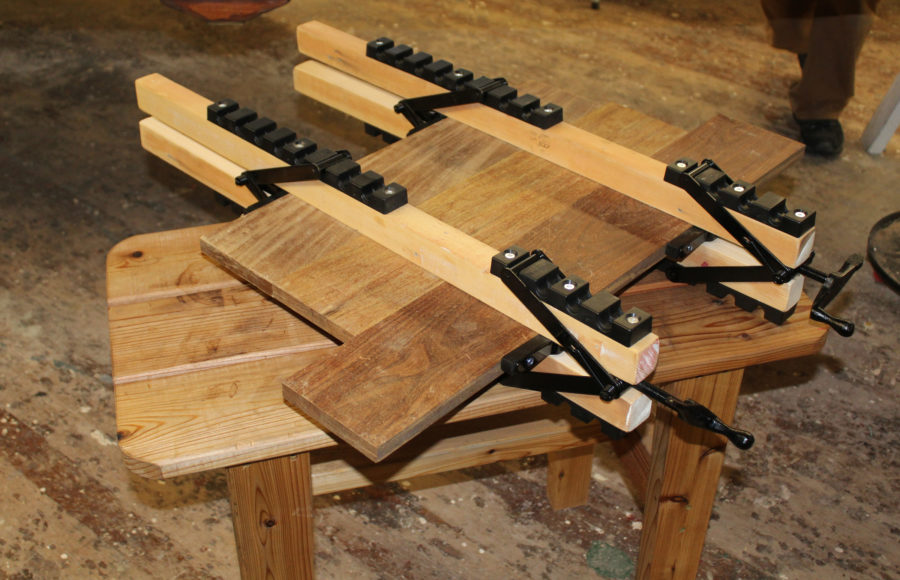
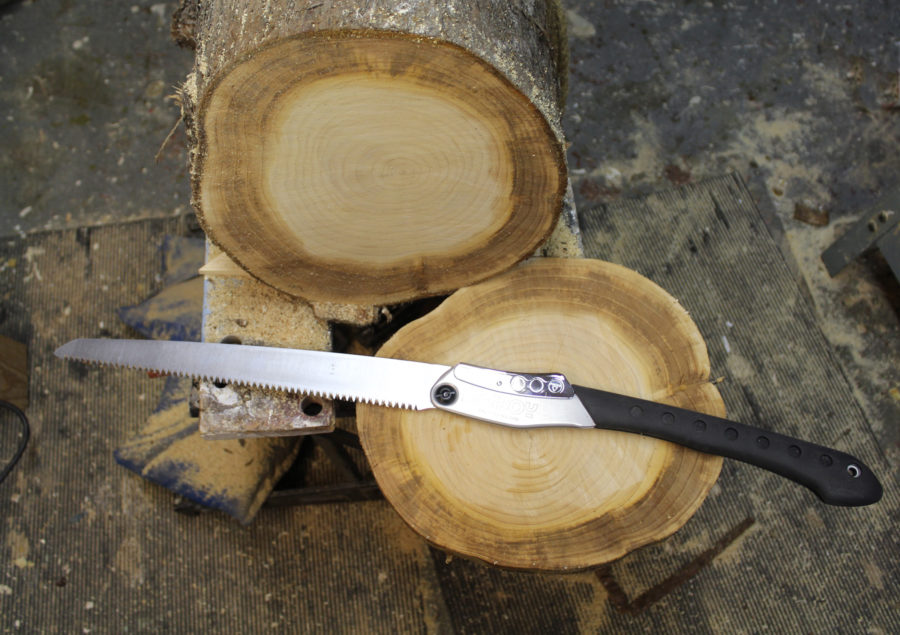

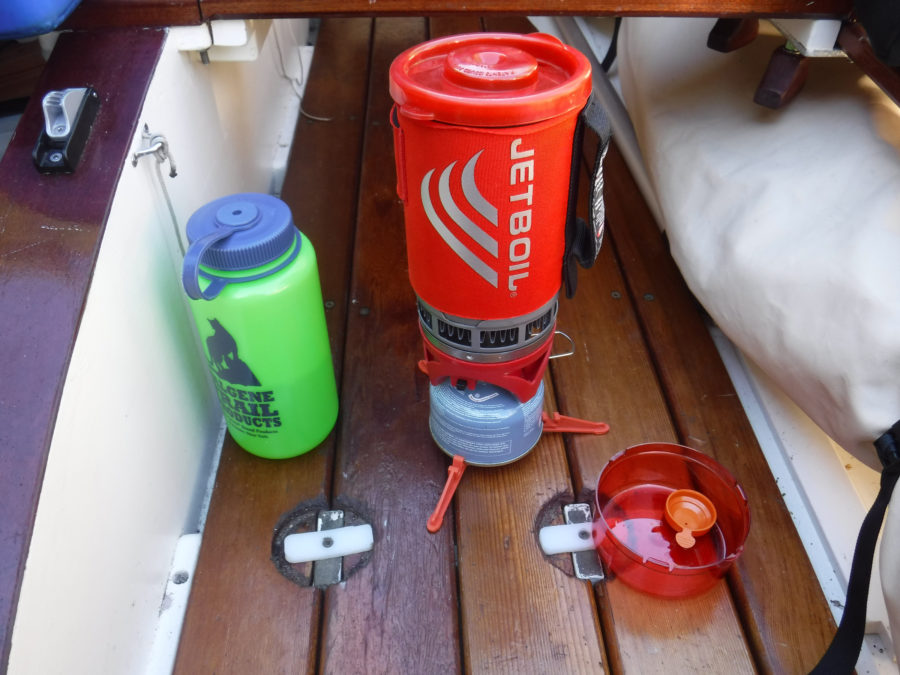

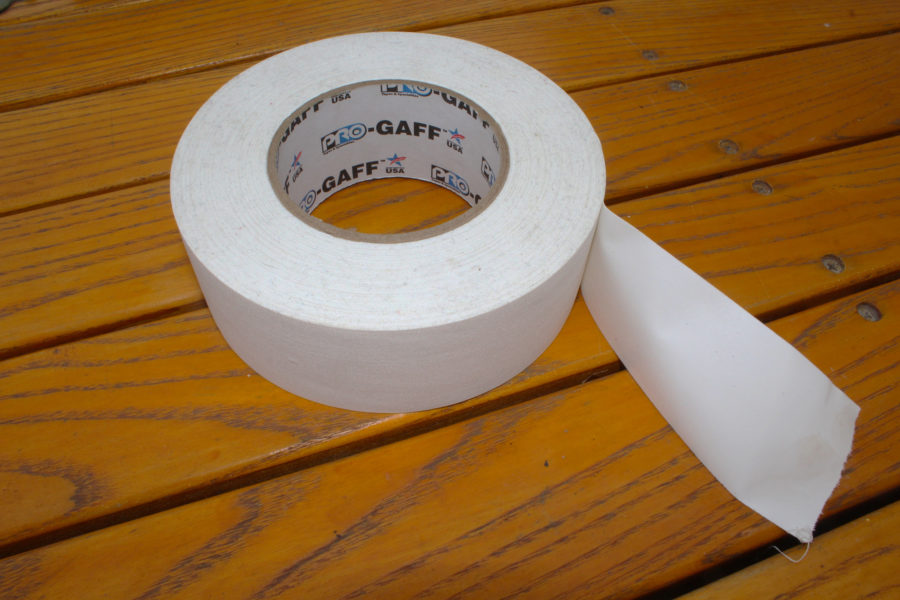
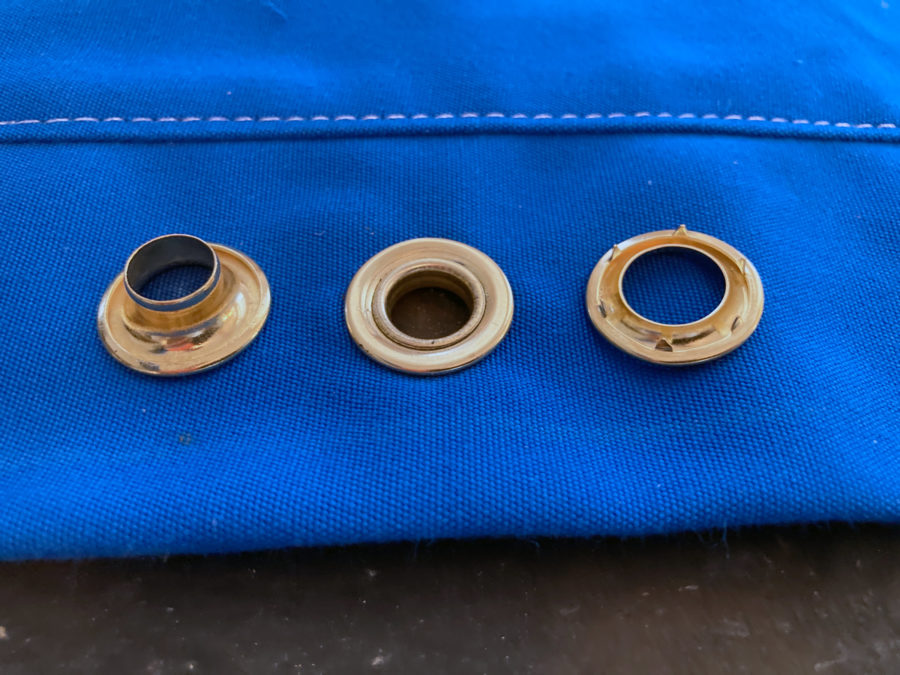
Join The Conversation
We welcome your comments about this article. If you’d like to include a photo or a video with your comment, please email the file or link.